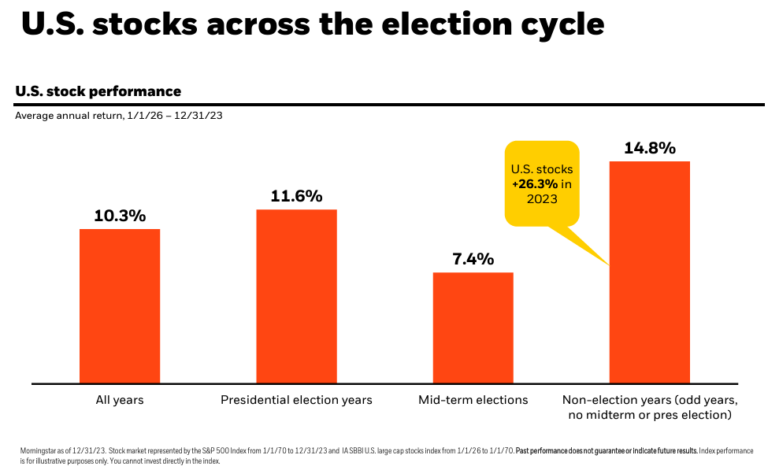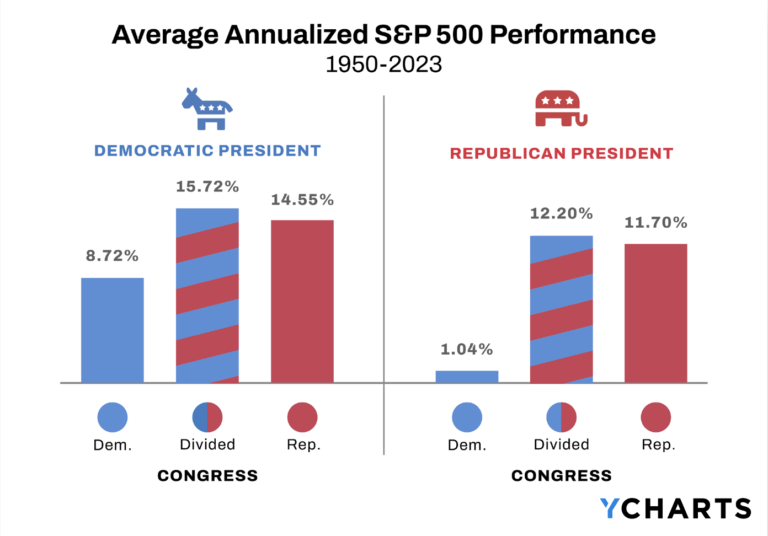Section 2: Understanding 529 Plans: Key Terminology
Understanding the terminology is a key component to developing a college savings and investment plan. The terms are defined below and will be referenced throughout the guide.
- Tax deduction: If a state offers tax benefits for 529 plan contributions, it is typically in the form of a tax deduction. A tax deduction reduces your taxable income, in this case on your state tax return. Often, the state tax benefit from your contribution will be roughly your contribution (up to the maximum permitted) multiplied by your state’s income tax rate.
- Tax credit: Some 529 plans offer a tax credit or a tax deduction in conjunction with a tax credit. A tax credit is applied directly to your tax liability. For example, if a plan offered a 10% tax credit on contributions of up to $2,000, you could expect a $200 reduction in your tax liability with a maximum contribution. It is important to note that these tax credits are often “non-refundable,” meaning you may not take a credit in excess of taxes due to the state.
- Beneficiary: The person (usually a child) who is to receive the funds is the beneficiary. Each account can only have one beneficiary. While the beneficiary can be changed to another family member, IRS guidelines stipulate that a beneficiary can only be changed once every 12-month period to avoid taxes and penalties.
- Account owner: Just like the beneficiary, 529 plans can have only one account owner. The account owner can be nearly any adult over the age of 18 and does not have to be a parent or relative of the beneficiary. Some plans may only allow the account owner to take a tax deduction for their contributions. Also, each state will have its own rules regarding a change of account owner. The majority of states permit the request without exception, while some will only grant the request in the event of the owner’s death or incapacity.
- Qualified higher education expenses: IRS guidelines state that qualified education expenses include tuition, fees, books, supplies, equipment, and room and board (subject to certain limitations, see IRS guidelines for details). Further, expenses must be from an eligible educational institution and the student must be enrolled at least half-time.
- Rollovers: Federal guidelines state that account owners are able to move funds from one 529 plan to another once every 12-month period without tax consequences or penalties. Each state’s plan will have its own rules on rollovers. To the state, a “rollover out” is when funds are removed from that state’s plan and moved to an out-of-state plan; a “rollover in” is the opposite. Many states have recapture provisions (explained later) which essentially means any previous tax benefits you received will have to be paid back. Some plans only require recapture if a plan is moved within 12 or 24 months of opening, but others may be much more stringent.
- Qualified distribution: A withdrawal used for qualified education expenses from a 529 plan is considered a qualified distribution and is exempt from federal and state income tax. According to data from Saving for College.com, Alabama is the only state that includes qualified distributions from out-of-state 529 plans in taxable income.
- Non-qualified distribution: If a withdrawal does not meet the above criteria for a qualified distribution, it is considered non-qualified. With a few exceptions, non-qualified distributions will cause investment earnings to be included in federal taxable income as well as a 10% penalty on earnings. Who pays federal taxes on the funds? Either the account owner or the beneficiary, depending on whose name the distribution is in. States may also impose their own separate penalties. If you received state tax benefits from your contributions, those benefits may be subject to recapture (explained below). Some states will also require earnings to be included in state taxable income and may impose an additional penalty. Under federal guidelines, the 10% penalty is not imposed has a result of the beneficiary’s death, disability, or tax-free financial assistance such as a scholarship. Many states follow federal guidelines but it is important to double-check.
- Recapture: As previously discussed, states may allow tax benefits for contributions to 529 plans. They are also able to set their own rules regarding the treatment of those benefits during a rollover out or a non-qualified distribution. If such an action is subject to recapture, you may be required to repay the tax benefits you received, either in full or in part.










